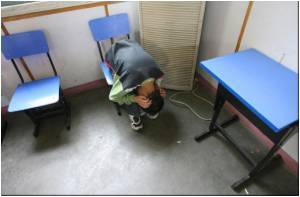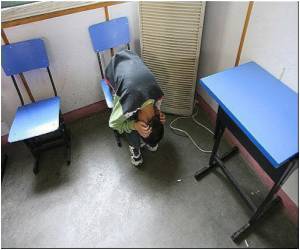It is well-documented that the use of animal models to study human disease is essential to help advance our understanding of disease

Oxytocin and vasopressin are hormones that play key roles in emotional and social behaviors and bonding. Oxytocin has been suggested as a treatment to improve social behavior in individuals with autism, and initial studies in humans appear promising.
Now, scientists have further characterized a mouse model that provides some insights into biological factors related to social deficits, by comparing mice that had their oxytocin receptor gene made inactive, using a specialized technique called genetic knockout, with unaltered mice.
The knockout mice (OTR-/-) displayed impaired social behavior, increased aggression and reduced cognitive flexibility leading to resistance to change. These behaviors returned to normal when the OTR-/- mice were given oxytocin or vasopressin treatment.
"These findings confirm and highlight the importance of oxytocin for social behaviors. This animal model also may be useful in evaluating the effectiveness of drugs, including vasopressin agonists, that may help improve social behavior in autism, schizophrenia, and other disorders," said Dr. John Krystal, Editor of Biological Psychiatry, the journal publishing these results.
"While no animal model can be expected to replicate the full complexity of the human behavioral autistic phenotype, the OTR-/- mouse may really help to understand the co-occurrence of these symptoms as a syndrome," explained Dr. Bice Chini, author and senior researcher of CNR - Institute of Neuroscience, Milano.
Advertisement
Advertisement















